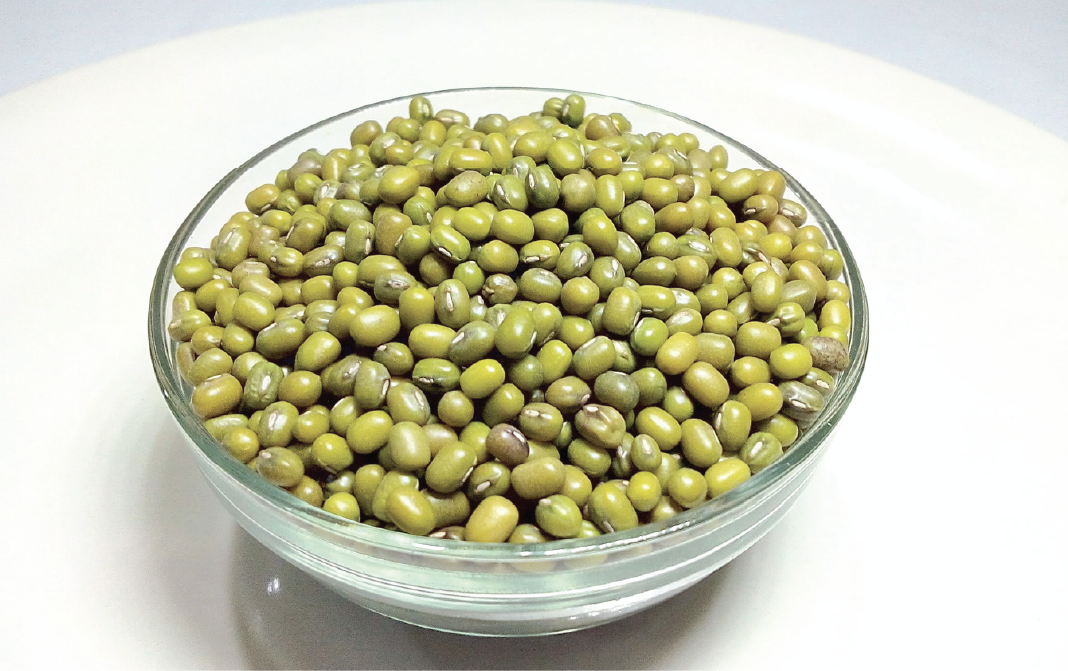


At the time of purchase, you can choose to buy the loose ones as it is easy to access the quality. It should not contain lots of pebbles or stones, rather it should be clean and green in colour. Moreover, if you are going for the packaged one, always take a keen glance at the back label.
It is a stated principle that anything in too much is not good. Though green beans are not known to trigger any adverse effect on health, as it contains oxalate, which is naturally found in plants, animals, and humans. Thus, when these oxalates accumulate, they hamper the absorption of calcium in the body. People with kidney and gall bladder problems should avoid its intake.(2)
(1,2) https://www.lybrate.com/topic/mung-beans-green-gram-benefits
- Disclaimer
"Information here is provided for discussion and educational purposes only. It is not intended as medical advice or product or ingredient review/rating. The information may not apply to you and before you use or take any action, you should contact the manufacturer, seller, medical, dietary, fitness or other professional. If you utilize any information provided here, you do so at your own risk and you waive any right against Culinary Communications Private Limited, its affiliates, officers, directors, employees or representatives.”
Description
Green gram alternatively known as moong dal/mung dal is a native to the Indian subcontinent that happens to be the offshoot of the Vigna Radiata. They are generally small, round olive green beans that has a soft texture and sweet flavour. Moong dal is a type of pulse that is edible in nature of the legume family. Likewise, all other pulses, moong is also nutritionally balanced. They contain various nutrients like vitamins, minerals, which makes them an excellent source of that could be included in one’s diet. Their cultivation runs down since the ancient past, and with that relativity, it got spread to the neighbouring country China and other Southeast Asian countries. Green grams are highly used in Indian cuisine.